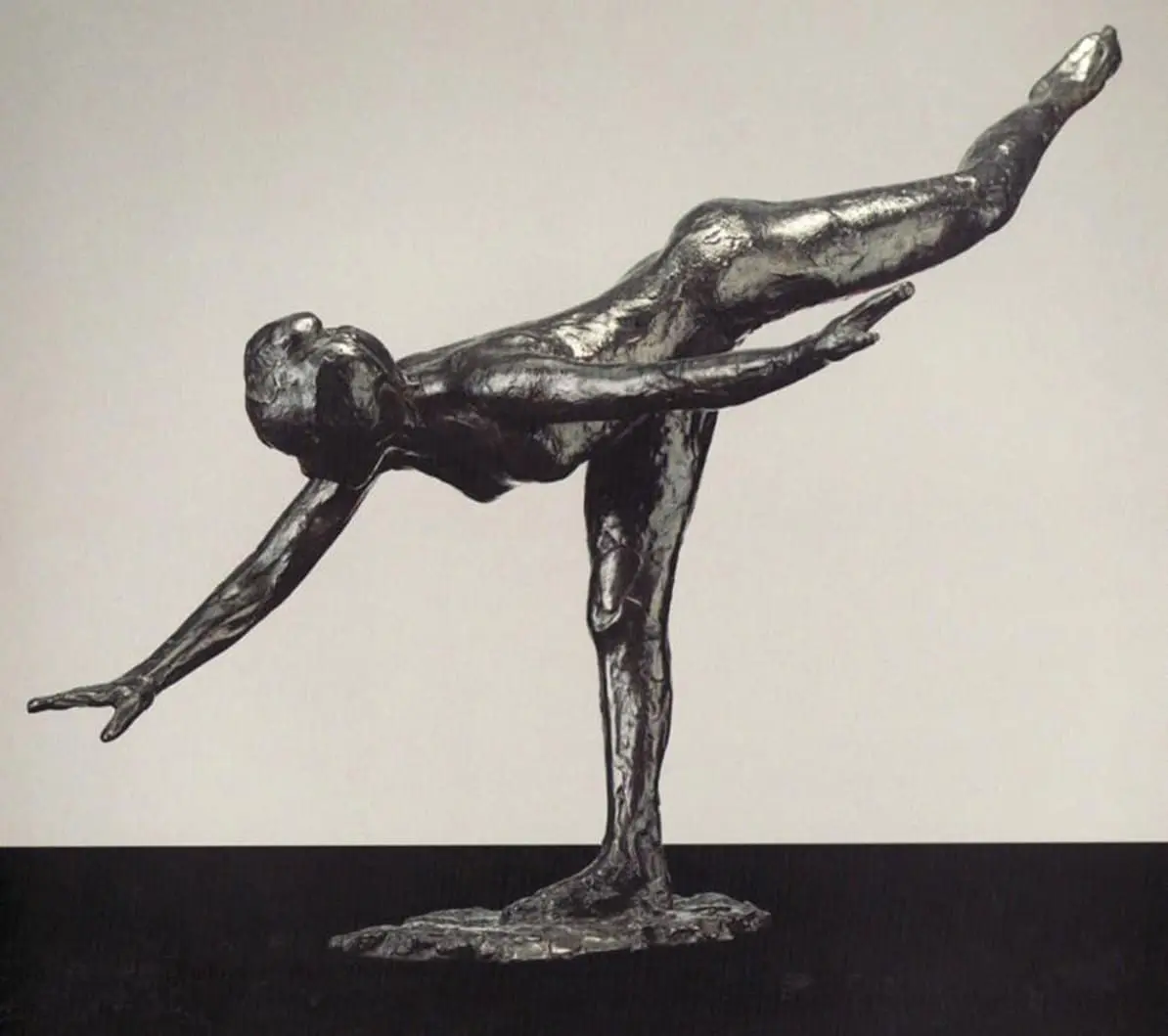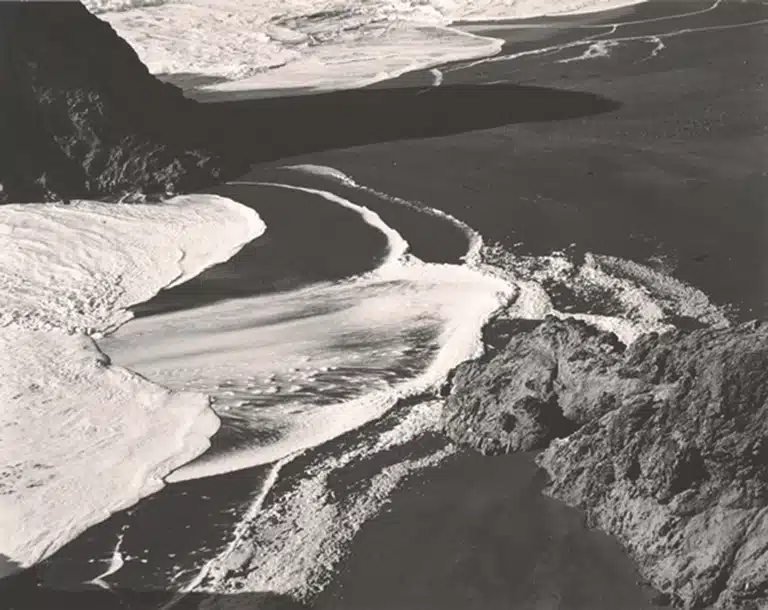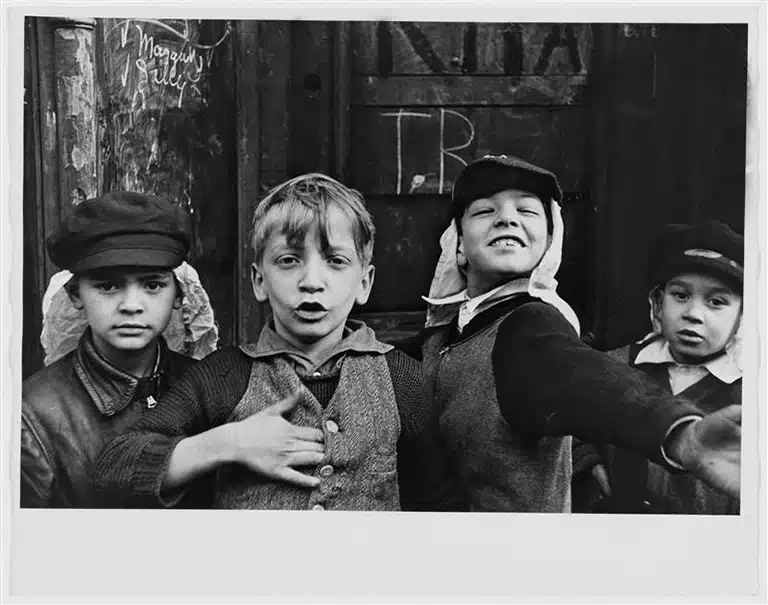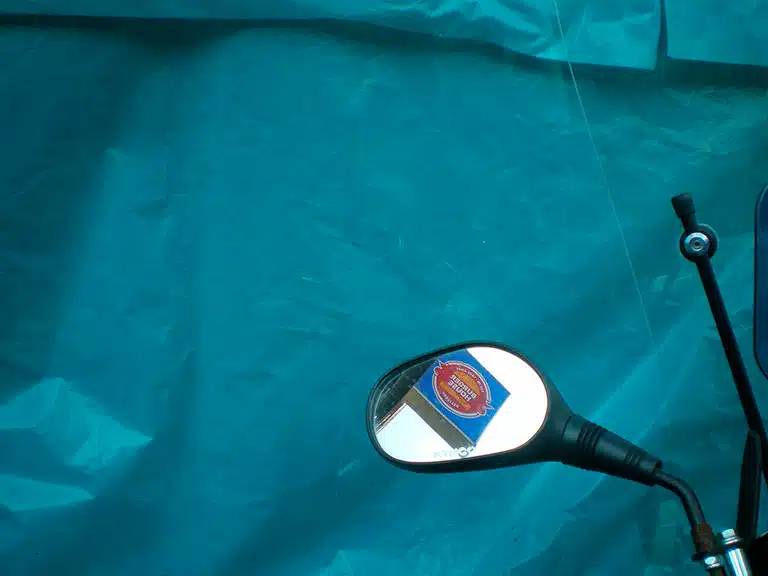Degas, the Creative Process
OCT.14.2008 ──────── JAN.06.2009

Edgar Degas
Danseuse, grande arabesque, troisième temps/Deuxième étude [Ballerina, grand arabesque, third position/second study]
São Paulo Art Museum
Exhibition
OCT.14.2008 ── JAN.06.2009
Recoletos Exhibition Hall
Paseo Recoletos 23, 28004 Madrid
Degas, the Creative Process was the first monographic exhibition of one of the greatest artists of modernity to be shown in Spain.
The exhibition, curated with the invaluable support of the Musée d’Orsay in Paris and the MASP (São Paulo Art Museum), presented the complete collection of the 73 sculptures by Degas, loaned by the MASP (one of the three institutions in the world to have a full collection). Shown alongside them were six oil paintings, 13 pastels, 14 drawings, 13 engravings and three photographs belonging to the collections of the Musée d’Orsay, the Louvre, the National Library of France, the Philips Collection in Washington, and the Hamburg Kunsthalle, amongst others.
The Exhibition
Degas wanted to create a truer form of art; an art that would be capable of transmitting in images the dynamic and constantly changing reality in which he lived. To achieve this, the French artist used a creative process that constructed modernity based on the classic compositional values such as drawing, line and perspective.
For the artist, drawing was a way of thinking, of modelling. The process of constantly drawing the human body, delving into its forms and expressions, aroused in Degas the need to create sculptures. And from that moment onwards, Degas compulsively modelled tiny figurines in wax which, always fragile, he could retouch.
As far as the French artist was concerned, sculpture was quite simply the medium for getting a better grasp of reality and moving forward in the creation of his paintings and pastels, a process that allowed him to get closer to the characters, positioning them above or below and examining them from places that would be impossible in reality. His sculptural pieces are not only study elements but also artworks in themselves, giving us a more well-rounded overview of his work.
Degas’ compositional processes transmit a strong sense of spontaneity. His dancers and horses move, and the impression they give does not convey the sense of coming from advance preparation. A large extent of Degas’ genius lies in his ability to show in a single gesture, in a single moment, something that has just happened, what is actually happening, and what will happen straight afterwards.
The exhibition analysed how Degas’ viewpoint was a central component of his work. The French artist wanted to portray what would normally go unseen, what gets lost in the succession of movements, in the chain of time.




